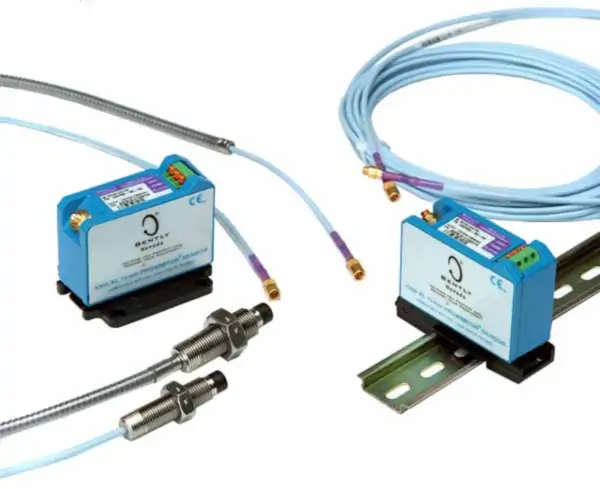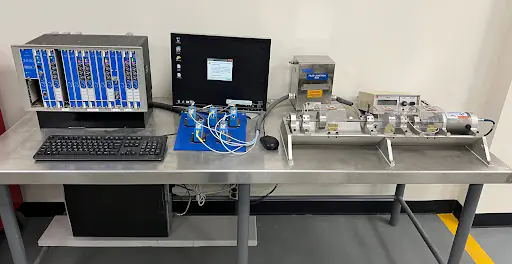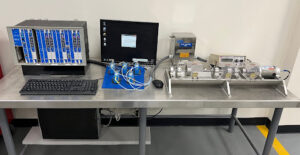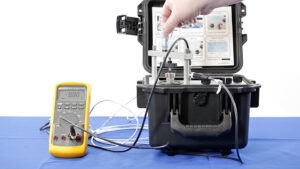How to Troubleshoot Erratic Readings from 3300 XL 8 mm Probes
Troubleshooting Erratic Readings from Bently Nevada 3300 XL 8 mm Probes
Erratic readings from Bently Nevada 3300 XL 8 mm probes can disrupt industrial automation. These probes are crucial for machine health monitoring. Therefore, reliable data is essential for effective control systems. This guide helps you diagnose common issues. It ensures your factory automation remains stable. Moreover, it protects valuable rotating machinery.
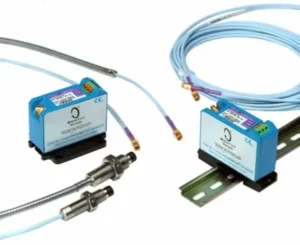
Identify the Source of the Problem
First, pinpoint the cause of the erratic signal. It could be an issue with the probe itself. However, it might also be a problem with the extension cable. The proximity of the probe tip to the shaft is also critical. A bent or damaged probe tip affects the reading. Likewise, a dirty shaft surface causes issues. In addition, check for any physical damage to the probe system. A simple visual inspection can reveal a lot.
Check the Proximity Probe System Components
The 3300 XL probe system has three main parts. It includes the probe, the extension cable, and the proximity sensor. All three must function correctly. A faulty extension cable can cause signal noise. Similarly, a damaged probe can lead to unstable data. A malfunctioning proximity sensor is also a common culprit. Therefore, test each component individually. This will help isolate the problem.

Examine the System’s Electrical Integrity
Electrical issues often cause erratic readings. For example, check for proper grounding. Bad grounding can introduce noise into the signal. The power supply voltage must be stable. Fluctuating voltage affects sensor performance. Furthermore, ensure all connections are secure. Loose connections are a frequent source of trouble. Verify the impedance of the system. Inadequate impedance can distort the signal.
Address Environmental and Mechanical Factors
Environmental conditions affect probe performance. High humidity can cause shorts. Extreme temperatures can also degrade components. Moreover, check for electromagnetic interference (EMI). Nearby motors or power lines create EMI. This interference directly impacts the sensor signal. You should also verify the mechanical setup. The probe must be mounted securely. Improper mounting introduces vibrations. These vibrations lead to false readings.
Utilizing Data from the PLC or DCS
A PLC (Programmable Logic Controller) or DCS (Distributed Control System) can help. These systems provide diagnostic feedback. Analyze the data trends from your PLC. Look for patterns in the erratic readings. This can point to a specific cause. A sudden change in readings may indicate a new issue. Trend analysis is a powerful diagnostic tool. It can prevent minor issues from becoming major failures.

The Role of Expert Opinion in Diagnostics
While troubleshooting, consider the broader context. A Bently Nevada 3300 XL probe is a reliable device. When issues arise, they often stem from installation errors. Or they come from external factors. My experience shows that proper cable management is key. Avoid coiling excess cable. Also, maintain proper distance from power cables. Following these best practices saves time and money. It also ensures data integrity.
Application Case Study: Powergear X Automation Limited
Powergear X Automation Limited offers comprehensive solutions. They specialize in industrial automation. Their expertise includes diagnosing and fixing probe issues. For example, they can help you integrate probes with your PLC and DCS. They also provide expert consultation.
Want to improve your system reliability? Explore our range of automation products and solutions.
| Model | Title | Link |
|---|---|---|
| 330101-00-28-05-02-05 | Bently Nevada Proximity Probes | Learn More |
| 330101-00-28-10-02-05 | Bently Nevada Proximity Probes | Learn More |
| 330101-00-27-50-02-05 | Bently Nevada Proximity Probes | Learn More |
| 330102-08-96-10-02-00 | Bently Nevada Proximity Probes | Learn More |
| 330102-00-20-10-02-00 | Bently Nevada Proximity Probes | Learn More |

